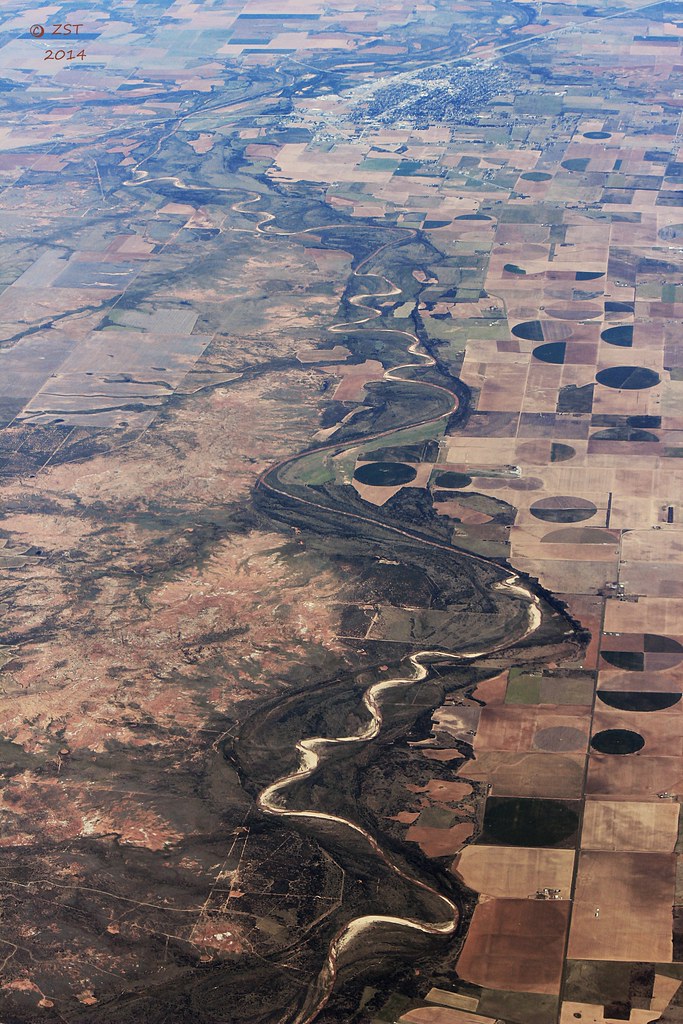The North Central Plains of the United States, an often overlooked region, boasts a climate that is as intricate as it is diverse. This area, which stretches across parts of Texas, Oklahoma, and into portions of the Great Plains, presents a fascinating tapestry of weather patterns that shape not only the local ecosystem but also the everyday lives of its inhabitants. In this exploration, we delve into the key weather phenomena that define the climate of this region, examining their implications and the underlying factors that create such an intriguing atmosphere.
One cannot begin to discuss the climate of the North Central Plains without acknowledging the influence of its geography. Transitioning from rolling hills to flat expanses, the land is marked by a mix of agricultural fields, prairies, and the occasional rugged terrain. This variety of landscapes plays a crucial role in the region’s weather dynamics. For instance, the interaction between the flat plains and the surrounding topography can create localized weather conditions, contributing to the erratic nature of rainfall and temperature variation. Understanding these intricacies is key to grasping why the climate is both a source of beauty and a challenge to those who reside here.
One of the most striking features of the North Central Plains climate is its seasonal variability. Unlike coastal regions where temperatures tend toward moderation, this area experiences marked seasonal changes, including sweltering summers, frigid winters, and transitional periods of spring and fall that can be both exhilarating and unpredictable. The fluctuation in temperature is driven largely by the jet stream, a high-altitude band of winds that dictate weather patterns across North America. During winter months, the jet stream often dips, bringing arctic air down from the north and resulting in frigid temperatures that can challenge even the hardiest of residents.
Furthermore, the North Central Plains is a zone of convergence for various air masses. Warm, moist air from the Gulf of Mexico frequently collides with cooler, dry air from Canada, creating a volatile atmosphere ripe for thunderstorms, tornadoes, and even blizzards. This meteorological cocktail is further complicated by the region’s susceptibility to severe weather events. Tornadoes, in particular, are somewhat of a hallmark for the plains’ climate. The peak of tornado season, typically in late spring and early summer, showcases the dramatic interplay of air masses, resulting in some of the most awe-inspiring yet destructive phenomena witnessed in the region.
Residents have learned to adapt to these climatic vicissitudes, often attuning their agricultural practices to the whims of the weather. Crop choices vary significantly based on anticipated seasonal patterns. For instance, farmers utilize varieties that can withstand the temperature swings prevalent in this area, adopting strategies such as crop rotation and diversification to mitigate the risks associated with unpredictable weather. Additionally, advancements in technology have enabled better forecasting, allowing communities to prepare for potential severe weather outbreaks, thereby saving lives and resources alike.
Precipitation in the North Central Plains is another aspect worthy of exploration. Rainfall amounts can be sharply variable, with areas receiving as little as 15 inches per year to those approaching 40 inches during particularly wet years. This variability greatly affects both the natural environment and human activity. Intense thunderstorms can bring torrential downpours that result in localized flooding, while periods of drought create conditions that stress water supplies and agricultural output. The interplay of wet and dry periods is critical not only for farmers but also for local ecology, influencing everything from soil health to the populations of native flora and fauna.
In the context of climate change, the North Central Plains faces unique challenges and opportunities. Rising global temperatures are expected to alter seasonal patterns, leading to longer growing seasons in some cases but also heightening the risk of severe weather events. Scientists caution that while some areas may experience increased rainfall, others may succumb to drought, necessitating a reevaluation of water management practices and agricultural strategies. Adaptability becomes crucial in this shifting landscape, as communities must innovate in response to the unpredictable nature of climate evolution.
Ultimately, the climate of the North Central Plains is a rich subject for exploration, steeped in the complexities of meteorological phenomena and their implications. From the awe-inspiring views of expansive thunderstorms lighting up the evening sky to the quiet resilience of the local communities adapting to seasonal changes, understanding this climate sheds light on the intricate connections between weather patterns and the wider fabric of life in the plains. The interplay between human activity and climatic forces continues to evolve, urging us to think critically about how we interact with our environment and prepare for the future.
Thus, as one contemplates a journey through the North Central Plains, one is reminded that the beauty of this region lies not only in its expansive landscapes but also in its dynamic climate—a complex dance of elements that constantly shapes and reshapes the lives and ecosystems of those who call it home.
